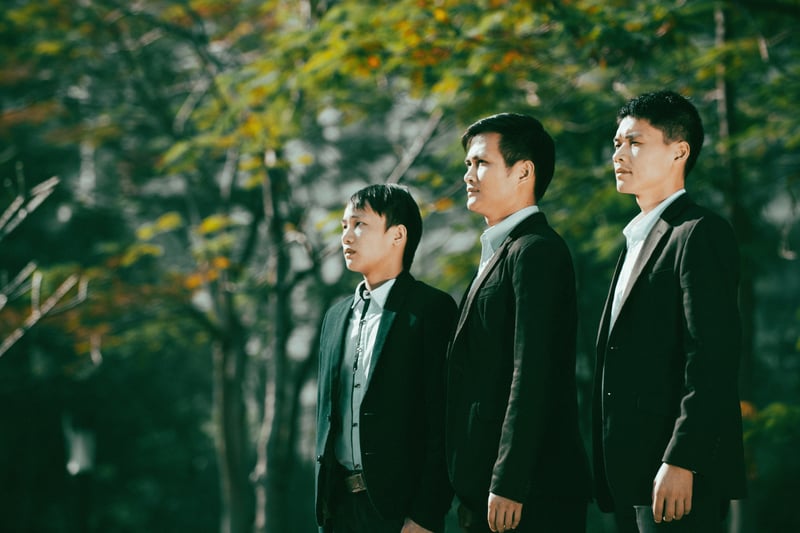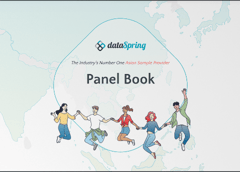
Across Asia, men are navigating a landscape of rapid change. From Tokyo to Bangkok, Seoul to Jakarta, the traditional roles that once defined masculinity are being reshaped by globalization, technology, and shifting social values. While many Asian societies still uphold cultural expectations of strength, duty, and familial responsibility, modern realities are challenging what it means to “be a man” in the 21st century.
Tradition Meets Modernity
For centuries, men in Asian cultures have carried the weight of social and familial expectations.
For example:
- In East Asia, Confucian ideals emphasised hierarchy and responsibility. In the comparative study of China, South Korea and Japan, it is noted that Confucian‐influenced norms place men in dominant positions and shape family and social roles.
- In South Asia, masculinity often intersects with honor, provider roles, and religious/cultural duties.
- In Southeast Asia, men have traditionally been seen as protectors and providers in both family and community.

The Pressure of Success and “Hegemonic” Ideals
There’s increasing recognition of how dominant ideals of masculinity (sometimes called “hegemonic masculinity”) create pressure on men to conform to certain roles: strong, unemotional, financially successful, physically capable. A region‐wide overview points out that such ideals limit men’s emotional expression and can be harmful to both men and women.
In Asia in particular:
- Men in high‐pressure work cultures (e.g., South Korea, Japan) face long working hours, expectation to provide, and socialising obligations which affect work‐life balance and mental health.
- These pressures may lead to mental health risks, social isolation, or inability to adapt when values shift.
- The notion of being a “successful man” still often ties to earning power, family status, and fulfilling provider roles.
Media, Pop Culture & the New Masculine Ideal
Media and popular culture have become significant in redefining what masculinity looks like in Asia.
For example:
- The rise of “soft masculinity” icons (especially in East Asia) blends qualities like grooming, style, emotional expression with traditional masculine traits.
- Media studies in India and Bangladesh have found that men are increasingly participating in grooming, fashion, and appearance shifting ideas of ‘beauty’ and the male role.
- Research focusing on China notes that new communication technologies and media have altered masculine and sexual ideologies across East Asia.
Why this matters: These changes suggest younger Asian men might adopt more diversified identities: able to be strong and successful, but also expressive, stylish, and emotionally articulate.
 Changing Family and Relationship Dynamics
Changing Family and Relationship Dynamics
- Men are increasingly engaged as fathers beyond being just providers to being present, emotionally available, and involved in child‐raising and domestic work.
- Partnership dynamics are shifting: More couples in cities look for mutual respect and shared responsibilities rather than strictly traditional roles.
- Yet, in many places the shift is uneven: tradition still holds strong in rural and less urbanized areas, so men may experience tension between the old and new expectations.
Intersectionality & Diverse Contexts
It’s important to recognise that “men in Asia” is not a monolith, there’s huge diversity across countries, classes, religions, ethnicities and rural vs urban settings.
- For example, masculinity in a mega-city like Seoul or Tokyo differs from a rural village in Indonesia or India.
- Class and education matter: Men with higher education may adopt newer norms more readily; those in traditional sectors may feel the tensions more.
- The research field on Asian masculinities points out that Asian men have been less studied historically in masculinity/gender studies compared to Western contexts, so our understanding is still evolving.
The Emerging Asian Men’s Market
The Asian men’s market has experienced explosive growth in the past decade, reflecting shifts in identity, grooming habits, and self-expression. Men’s grooming in Asia-Pacific is growing by around 4.6% annually, projected to surpass USD 20 billion by 2025.
- South Korea leads the region, with about 75% of men using skincare daily. The market reached USD 6.68 billion in 2022 and is expected to hit USD 11.63 billion by 2030 (CAGR 7.2%), driven by K-beauty trends and premium skincare adoption.
- Japan shows strong demand for minimalist grooming and fashion-forward menswear, with rising sales of facial care and shaving products reflecting a culture of subtle sophistication.
- China is witnessing a surge in male beauty consumption through e-commerce platforms such as Tmall and Douyin, where Gen Z men seek aspirational, confident, and stylish identities blending Western and Eastern influences.
- India’s men’s grooming market is valued at USD 3.02 billion in 2024, forecasted to reach USD 4.98 billion by 2030 (CAGR 8.75%), with an expanding middle class fueling growth in fashion, fragrances, and self-care brands like Beardo and The Man Company.
Across Asia, men are no longer passive consumers, they are redefining how masculinity is marketed, styled, and expressed. This evolution highlights a powerful intersection between economic opportunity, self-identity, and cultural transformation.
Conclusion
The story of men in Asia is one of transition and balance between tradition and progress, duty and individuality, restraint and expression. As society continues to evolve, so too does the definition of what it means to be a man. In that evolution lies the hope for a more inclusive, empathetic, and human understanding of masculinity.
Learn more about The Rise of Men’s Consumerism in Asia and Redefining Father’s Day in Asia: The Rise of the Modern Asian Dad, all on Eye on Asia. Stay tuned for our next feature! ✨


 Download Panel Book
Download Panel Book


